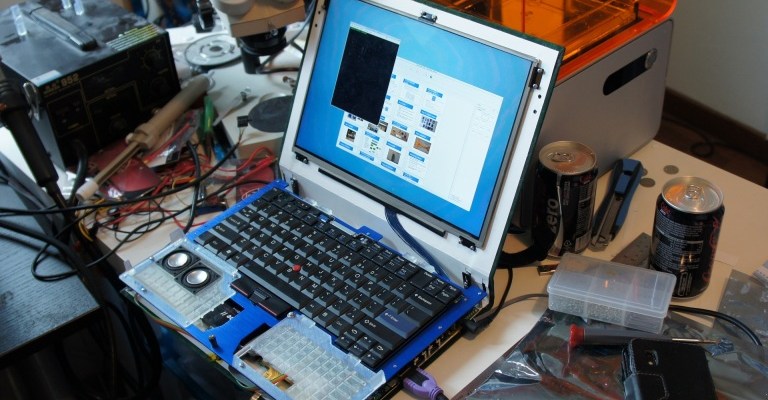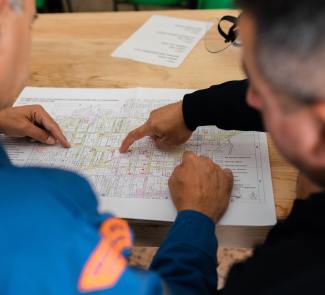By combining widely available components, 3D printing and a sizable dose of ingenuity, you can build an open-source laptop.
Building your own laptop seems like a job for hackers or experienced professionals with a passion for DIY. This is the case of Bunnie Huang and Sean ‘xobs’ Cross, who have created their own model, using components from here and there to design and then assemble a fully functional computer. The novelty in this case lies in the fact that it is an open-source laptop, so the plans, as well as all of the instructions needed to build it, are available to anyone who wants to consult them or take a shot at building one themselves.
This project to build an open-source laptop has been dubbed the Novena Project. The story told byBunnie Huang about how the idea came up starts at his former job, at the company Chumby, where they manufactured hardware that he personally used very little. Why not make something that you’re going to use everyday, then? The decision was easy: a laptop.
He decided to produce it under the open-source model so that the prototype would be useful for more people. Also, since it’s an open-source computer, it offers transparency, unlike proprietary hardware, which prevents you from knowing what parts make it up. To do this, the creators challenged themselves to learn everything about the hardware available for sale, including different makes and models of each component.

One of the requirements that all components had to fulfil was to be free of any non-disclosure agreements, because otherwise the information on the part in question could not be revealed publicly. In terms of the SoC (system on a chip), the only supplier that met this requirement was Freescale.
Each component was obtained separately, trying to obtain the best performance of the unit as a whole. The display had to be configurable and the designers used hardware that was ready to work with different types of LCD panels, depending on the one that each future “manufacturer” wanted to install. The project creators chose an LED display with a resolution of 2560×1700 pixels (239 ppi).
The open-source laptop doesn’t use software with the video codecs, rather it uses a GPU to provide its graphics capabilities. Looks aside, since the model looks like a machine that was cobbled together and is three inches thick, which Huang doesn’t mind, the computer contains all of the basic elements needed to work and have a certain amount of computing power. The idea was not to create a low-cost model; the Raspberry Pi was already invented for that.
The setup includes other unlikely options as batteries that are available in multi-packs, and a leather case that highlights the aluminium materials. Other parts were printed with 3D printers and the creators think that they have produced a really reliable motherboard. A crowdfunding campaign was recently started to expand the project.
Image: Makezine







